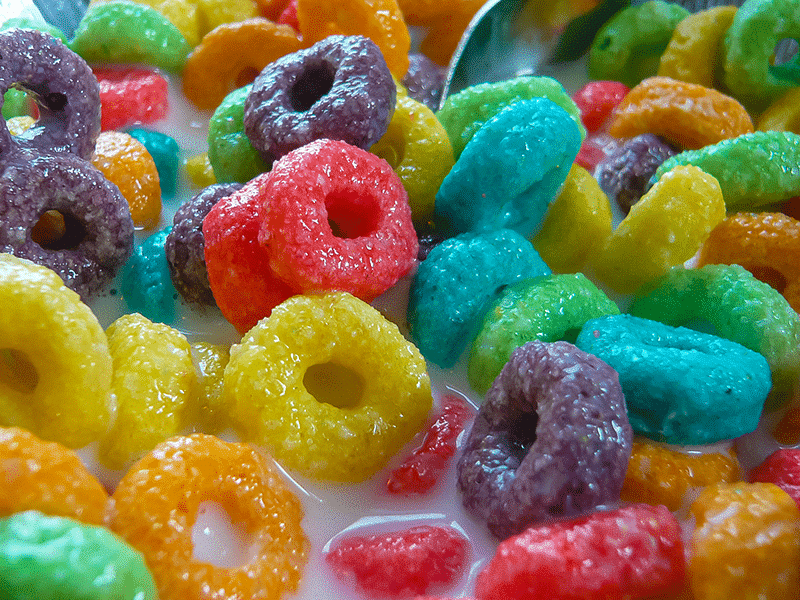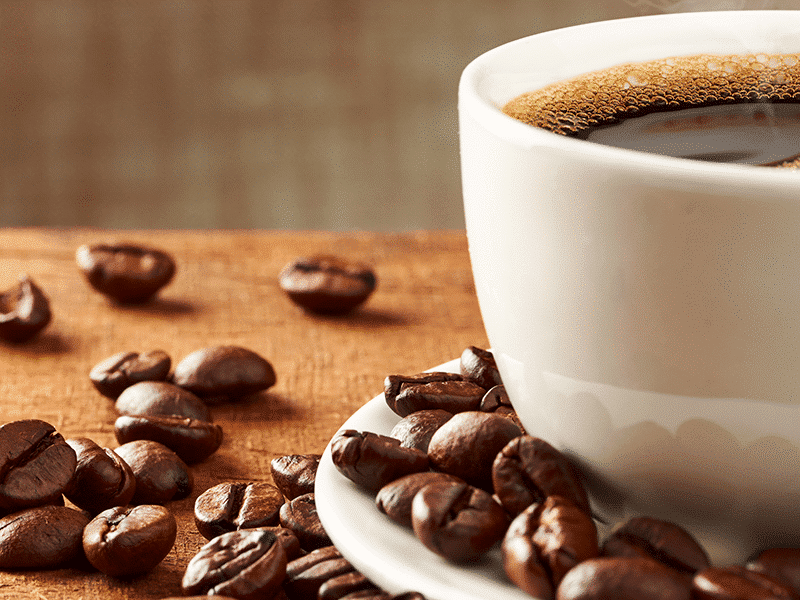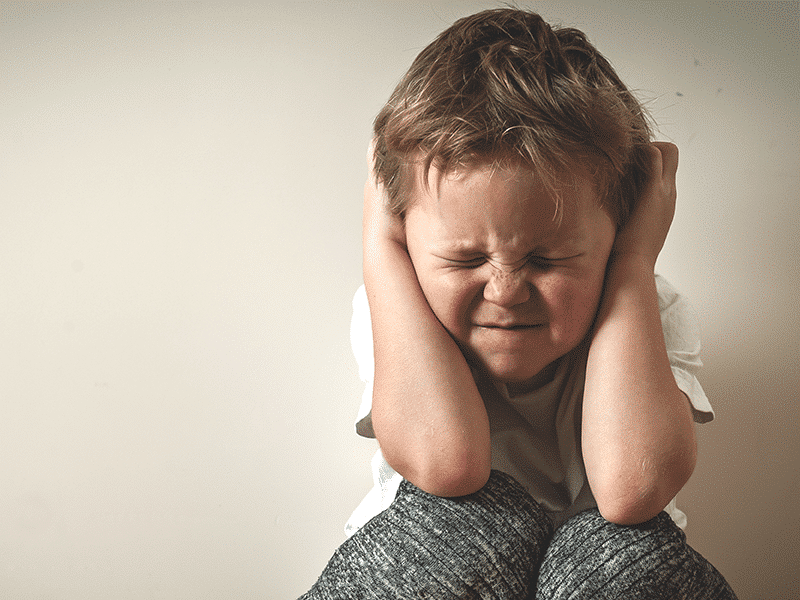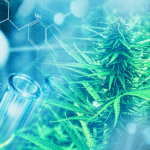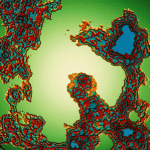The rise in marijuana’s popularity among American youth since the late 1960s coincided with a surge in diagnosed cases of attention deficit disorder and its hyperactive variant, ADHD, a condition that Dr. Tom O’Connell likened to a “pediatric anxiety syndrome.” A retired thoracic surgeon and former captain in the U.S. Army Medical Corps, O’Connell had treated hundreds of wounded American soldiers during the Vietnam War. He came out of retirement in 2000 and began seeing medical-cannabis applicants in Oakland.
Over the years, O’Connell would compile a database and analyze usage patterns of six thousand patients. His findings would challenge both prohibitionists and drug-policy reformers who concurred that reefer ought to be a no-no for under-twenty-one-year-olds. “Each side in the modern pot debate is wedded to its own fairytale,” O’Connell blogged. He bemoaned that reform leaders “were nearly as clueless as the Feds — and equally susceptible to doctrinaire thinking when it comes to adolescent drug initiation and usage.”
Why do some young people who experiment with cannabis become daily users? Are their claims of medical use credible? Dr. O’Connell found that the vast majority of medical-marijuana applicants were already chronic users before they walked through the door of the dispensary. (People who try marijuana and have an unpleasant experience generally don’t go to physicians for letters of recommendation.) The everyday smokers he interviewed had remarkably similar medical and social histories. O’Connell determined that the main reason young people smoke cannabis on a regular basis is because it is a safe and effective way to relieve anxiety and other mood disorders associated with insecurity and low self-esteem.
Repetitive drug use usually entails a more serious purpose than mere recreation, according to O’Connell, who maintains that since the 1960s young Americans have embraced marijuana en masse to assuage the same emotional symptoms “that made anxiolytics, mood stabilizers and antidepressants Big Pharma’s most lucrative products.” “The need to self-medicate symptoms of adolescent angst is much more important than simple youthful hedonism,” O’Connell concluded.
For America’s youth, cannabis is like catnip for a cat, a poorly understood but nonetheless efficient herbal means of navigating the ambient anxiety and frenetic complexity of modern life. The emergence of marijuana as the anxiolytic drug of choice and its durable popularity among tense teens and anxious adults makes sense in light of scientific research that has documented the stress-buffering function of the endocannabinoid system.
Whereas activation of the body’s innate stress response (“fight or flight”) is essential for responding and adapting to acute survival threats, too much stress can damage an organism in the long run by depleting endocannabinoid tone. A compromised endocannabinoid system sets the stage for a myriad of disease symptoms and ups the risk of premature death. Chronically elevated stress levels boost anxiety and significantly hasten the progression of Alzheimer’s dementia. Emotional stress has been shown to accelerate the spread of cancer. Stress alters how we assimilate fats.
On a cellular level, stress is the body’s response to any change that creates a physiological demand on it. When a person is stressed, the brain generates cortisol and other steroid hormones, which, in turn, trigger the release of naturally occurring marijuana-like compounds: anandamide and 2-AG. These endogenous cannabinoids bind to primordial cell receptors that restore homeostasis by down-regulating the production of stress hormones. Marijuana, an herbal adaptogen, essentially does the same thing.
This article is adapted from Smoke Signals: A Social History of Marijuana – Medical, Recreational and Scientific by Martin A. Lee. Lee is the director of Project CBD. He’s authored and edited several books, including Smoke Signals, Acid Dreams, and The Essential Guide to CBD. © Copyright, Project CBD. May not be reprinted without permission.
Recommended Readings
Toxic FDA-Approved Food Additives
The Food and Drug Administration bans CBD edibles while routinely promoting dietary poisons.
Caffeine, ADHD & the CB1 Receptor
Caffeine may block other effects of cannabinoids.
Cannabis for ADHD: An Emerging Therapeutic Option
Are doctors mistaking self-medication for cannabis use disorder?


